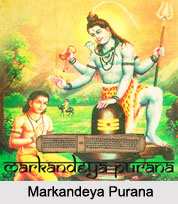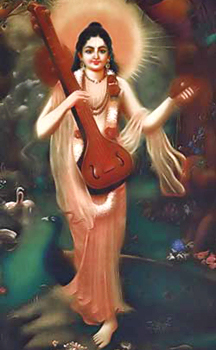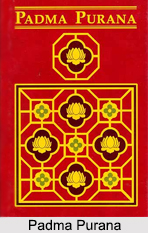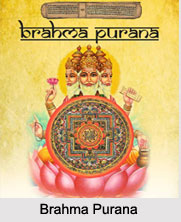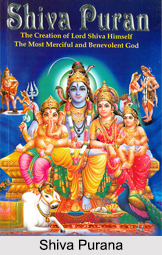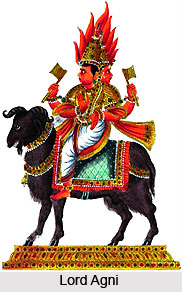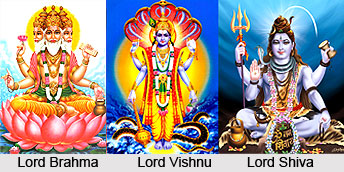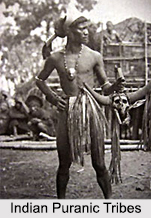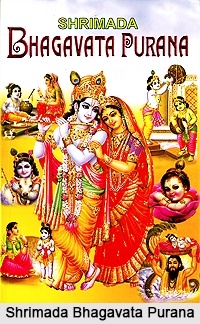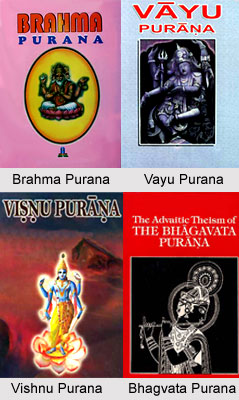Skanda Purana also says that shalagrama-shilas do not require initiation. When one starts to worship shalagrama-shila, however he should start with a luxuriant puja, utilising every article. The worship of shalagrama-shila is the justest form of worship, better than worshipping the sun. Gautamiya Tantra states that devotees should have the charanamrita mixed with tulsi leaves from the shalagrama-shila in their hand and sip it, splashing the remaining on their heads. If somebody denies this charanamrita, it amounts to as if he has killed a brahmana. Padma Purana explains that all those holy rivers granting moksha, like the Ganges, Godavari, and others, exist in the charanamrita of shalagrama-shila. In Sammohana Tantra it is written that shalagrama-shila should never be worshipped by placing it on the earth or ground. Shrimad Bhagavatam cites that in the worship of shalagrama-shila it is needless to call the Lord for worship or request Him to return His abode upon culmination. Brihan-naradiya Purana cautions that if one worships a shalagrama-shila and doesn`t offer tulsi leaves, then his house is considered equivalent to an incineration ground. There, Shri Narada Muni speaks that it is unfeasible to explain the magnitude of tulsi leaves in the worship of shalagrama-shila, because tulsi is the dearest consort of Hari in the appearance of shalagrama-shila. In Skanda Purana Lord Shiva tells Parvati that one who consumes the charanamrita of shalagrama-shila, obliterates all unrighteous reactions at their roots, even the killing of a brahmana. Elsewhere, Skanda Purana states that by consuming the leftovers of foodstuffs offered to shalagrama-shila, one will receive the result of performing numerous sacrifices.
The worshipper of Shaligram must keep the leaves of tulsi beside a Shaligram or it must be put inside the pot in which the tulsi plant grows, because Shaligram without tulsi is considered unfinished, as described in scriptures.

